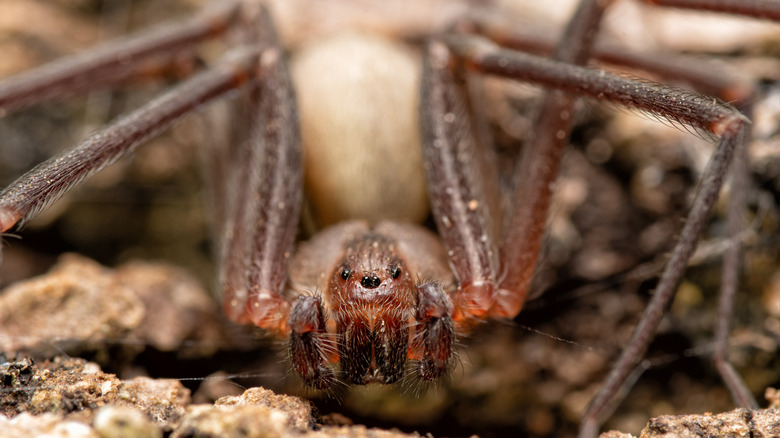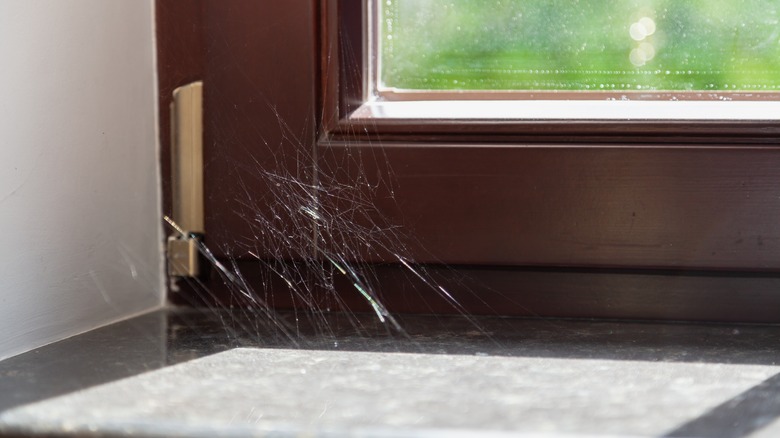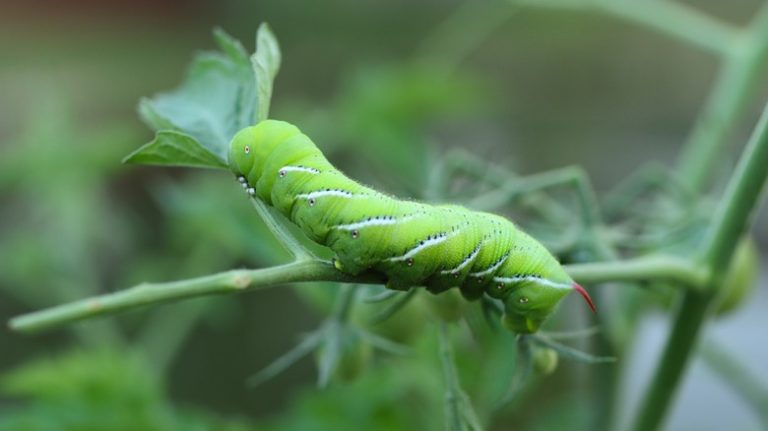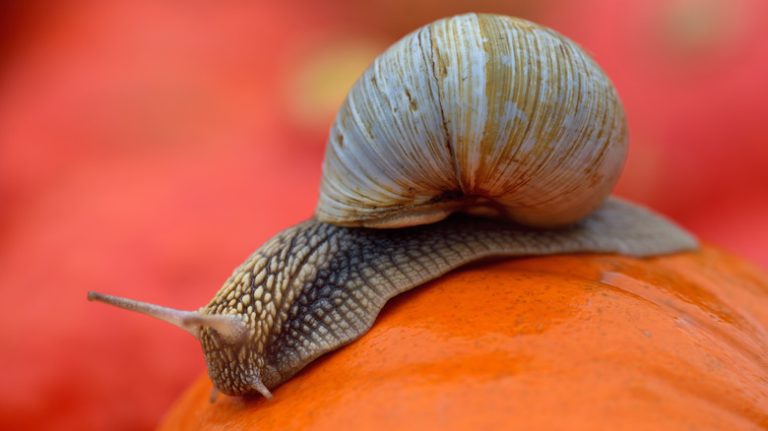It’s happened to everyone — you’re minding your own business, and you see something brown and tiny scurry past. For those who share a region with poisonous brown recluse spiders, this can be enough to cause concern. Kicking the spiders to the curb is an important safety measure. Before you banish anyone, though, make sure you’re not sending away eight helping hands — it’s beneficial to have some spiders in the garden. The grass spider, in particular, is a brown recluse lookalike that can actually help out around the garden.
Brown recluses are known for their poisonous bite that causes a variety of symptoms ranging from fever to severe open wounds and infection. Grass spiders are a larger, harmless species of arachnid. They tend to build webs in corners and keep to themselves, so they pose no risk to you. However, they are predators that will gladly feast upon many household or garden pests. They’ll control the population of bugs like gnats, mosquitoes, and smaller spiders that may be harmful.
How to tell grass spiders and brown recluses apart

It’s important to know what a brown recluse looks like if you live in the same region. Though they typically only bite when threatened, brown recluse spiders are poisonous. You can spot them by a distinctive violin-shaped marking on their abdomen. Because other species may have similar markings, you’ll need to observe the spider’s eyes to be sure.
Unlike many species of spider with four pairs of eyes, brown recluses have three: one in the center of its head and one on either side. A grass spider, on the other hand, has three rows of eyes. They have two eyes in the top row, four in the middle row, and two in the bottom. Inspecting the spider’s eyes is a key step in identifying the species that’s taken up residence in your home.
You’ll also want to pay close attention to the spider’s eight legs. A grass spider has banding on the legs, whereas a brown recluse does not. Additionally, grass spiders are larger than recluses. A brown recluse may reach 3/8 inch, while a grass spider will be a more noticeable 3/4 inch.
Why it’s okay to let the grass spiders stay

Spiders are fantastic exterminators that can do some serious work in a garden. Grass spiders, in particular, will eat almost anything smaller than they are. They will take care of aphids plaguing your plant leaves, moths wanting to eat your leafy veggies, and beetles that might burrow into the soil if left unchecked. The average spider eats about 10% of its body weight every day. Letting nature run its course is an easy way to control your pest population and keep your plants undisturbed.
A grass spider inside the home will stay in a web and wait for prey, so you shouldn’t kill spiders in your home. You will likely thank them for entangling all manner of flying insects, ants, and even fleas. Like most species of spider, the grass spider has no quarrel with you and will not bite unless its web is disturbed or it feels threatened. Even then, a bit from a grass spider will not call for medical care unless you have a severe allergy.



